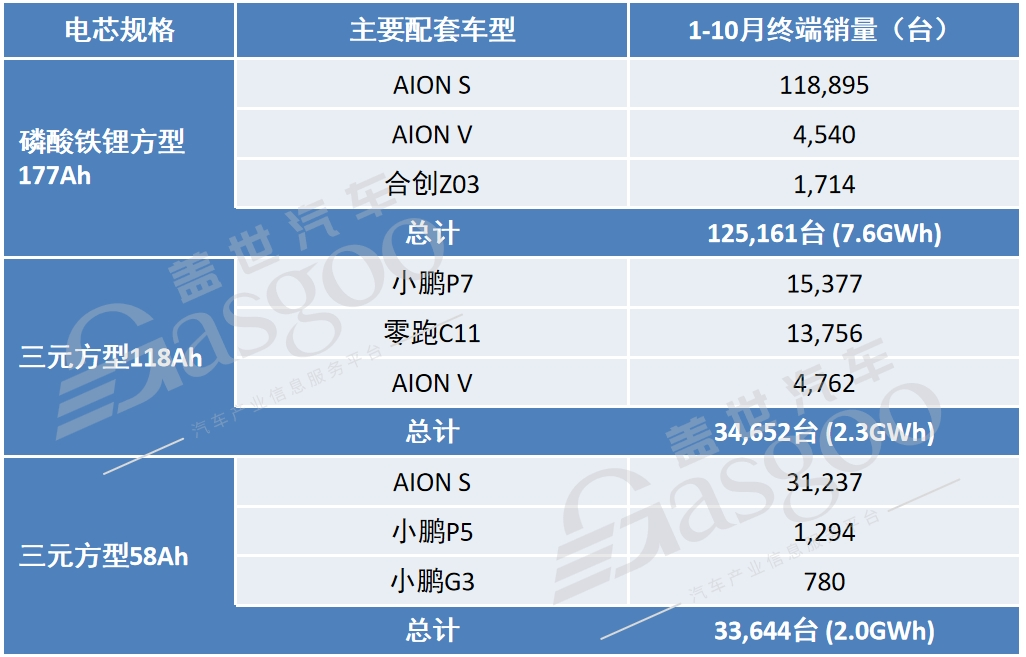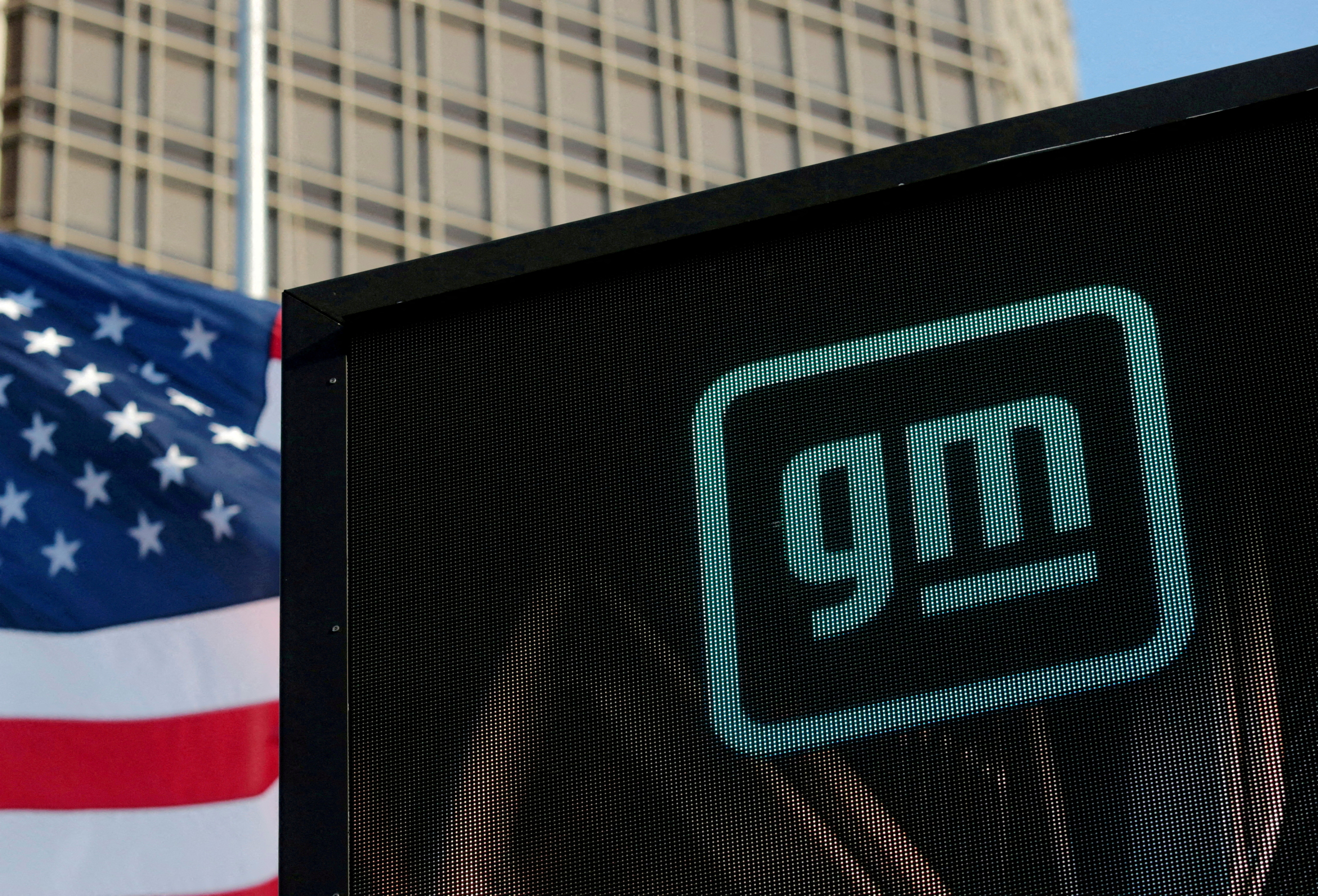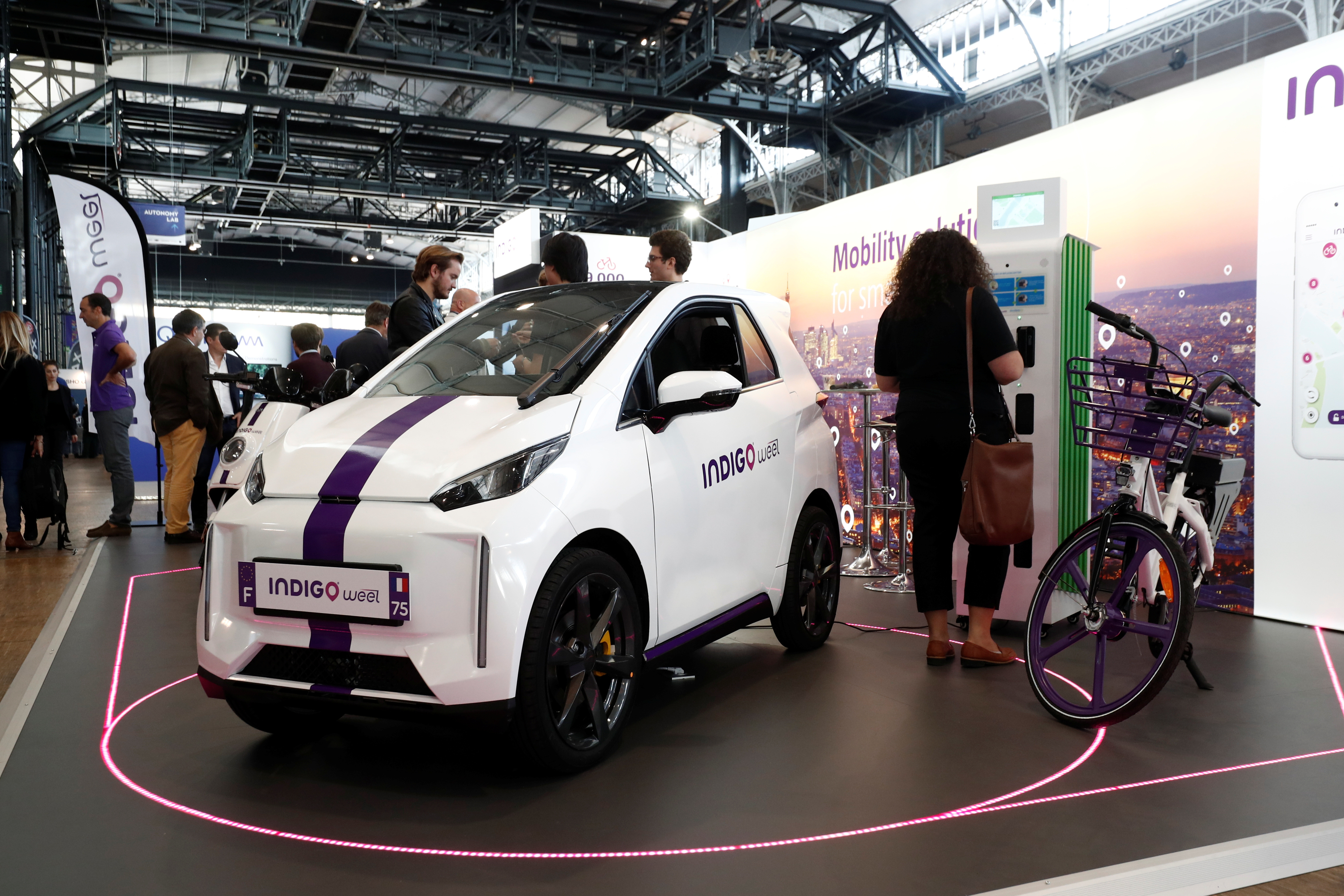One battery startup's unusual plan: Turn old junk into new fuel (Automotive News, 12-13)
AlumaPower sees promise for energy-dense aluminum air batteries as an emerging alternative to both conventional fuel and hydrogen vehicles.

Long the home to forgotten relics and discarded waste, junkyards may hold an unlikely energy source.
Canadian startup AlumaPower wants to transform crushed automobiles and unwanted scrap metal into a clean fuel capable of powering cars, trucks, ships and airplanes.
The company has put a new spin — literally — on a decades-old battery technology that it believes can displace fossil-fuel use and eliminate the hassle of lengthy charging sessions.
The Sarnia, Ontario, company intends to source aluminum from waste such as junked transmissions and engine casings and meld it into solid, energy-dense fuel discs that act as the anode in aluminum air batteries.
The approach represents another possible, if nascent, option for vehicle manufacturers looking for performance beyond what's available with lithium ion batteries prevalent in today's electric vehicles, said Jeffrey Bergthorson, a mechanical engineering professor at McGill University in Montreal.
"You have hydrogen fuel cells and hydrogen combustion engines, and the aluminum air battery is a third option in there," he said. "They're all competitors in the same basic space of energy density."
Much like a vinyl record spins atop a turntable, AlumaPower's fuel discs spin in a proprietary device known as a Galvanic Generator, which provides ample power with an abundant material that comprises about 8 percent of the earth's crust.
The aluminum discs are consumed as the system operates and, thus, cannot be recharged. They essentially are a solid fuel placed in the generator instead of a liquid fuel poured into one. AlumaPower CEO Rob Alexander said they hold several advantages.
"You can transport them anywhere, they don't degrade over time, you can bury them," he said. "This is pretty disruptive."
A ‘Eureka' moment
Yet aluminum air batteries are not new. Scientists first developed them in the early 1960s. They gained favor in aerospace and defense applications, such as torpedoes, where their storage capability proved advantageous, and their main drawback — one-time use — did not matter.
But other practical barriers prevented early aluminum air batteries from becoming more widespread: Once activated, they were difficult to stop. Changing the battery involved a cumbersome process. They required pure aluminum, which was expensive.
Aluminum offers about two-and-a-half times the energy density of gasoline, according to AlumaPower. Yet because of the hurdles, "the status quo was like, 'You can't do this," ' said Bremner Churchill, AlumaPower's manager of product and strategy. "It turns out you can, as long as you spin it properly."
That's the innovation of the company's CTO, Geoff Sheerin. Scientists spent decades searching for chemical solutions to those nettlesome problems. Sheerin, an industrial designer, figured out that using a spinning disc instead of a fixed plate solved most problems. Spinning wrings out impurities, which lets them use lower-grade aluminum. Spinning also wicks away the electrolyte, providing a means of stopping the chemical reaction afoot.
"He went behind a door for three weeks and played with all these things," Alexander said. "And sure enough, it was really one of those, 'Eureka, it works' moments."
Cost competitive with gasoline
Others are pursuing metal air batteries. Israeli firm Phinergy has explored the use of both aluminum and zinc and claims advances in systems that result in lightweight batteries. British company Metalectrique Research and Development claims its aluminum air battery can provide 1,500 miles of range for an ordinary light-duty EV.
Interest is high because aluminum can store more energy by volume than either diesel or gasoline, said Bergthorson, who runs McGill's Alternative Fuels Laboratory.
"But the key question is cost," he said. "That's really the challenge, much more than the technical challenge."
By relying on scrap aluminum, AlumaPower said it can be cost competitive with diesel and gasoline at scale. The company projects the scrap aluminum it utilizes will cost $1.05 per kilowatt-hour by 2027 and 60 cents per kWh by 2035. By comparison, AlumaPower expects the cost of gasoline, which currently is equivalent to 30 to 75 cents per kWh, to increase because of market forces and carbon pricing.
AlumaPower intends to launch its first product, a mobile power generator, in 2025. The company's initial customer is a last-mile courier service that wants to use mobile generators to recharge its EV fleet, in part to avoid charging infrastructure investment and to provide a bridge technology while awaiting grid upgrades, Alexander said.
For passenger cars, he envisions using the fuel discs as a range-extending complement to today's conventional batteries. They would provide backup power on long trips, eliminating the need for motorists to stop for long charging sessions. Motorists would need to have the discs and the generator's electrolyte replaced at a frequency akin to an oil change for a car containing an internal combustion engine.
"You could stop for a charge, but if you have AlumaPower, you press a button and have a clear shot all the way," he said.
Depending on usage, the fuel discs would require replacement at an average of every 90 to 120 days, he said.
Founded in 2017, AlumaPower is raising a $7 million Series A funding round to fund its strategy. It counts Starbridge Venture Capital and supplier Martinrea International Inc. among its investors. Martinrea International expects to help AlumaPower industrialize its technology.
Return on energy investment
Ships and boats represent another promising opportunity. Rather than store the electrolyte in the generator, it can be culled from lakes and oceans as a vessel travels. That saves on weight, allowing for greater efficiency. And it makes for a sharp contrast to heavier conventional batteries, which provide limited range, in maritime applications.
The company also plans pilot projects for heavy-duty trucks, aviation and a range of military applications. In those cases, aluminum air batteries represent a direct competitor to many of the fledgling hydrogen-powered options taking root in transportation.
Both offer high energy density, but aluminum air batteries are more easily transported and don't require special filling-station infrastructure. Hydrogen fuel production requires considerable energy, in some cases almost as much as is being produced.
"To be a viable fuel in the future, you have to have a positive energy return on investment," Churchill said.
Aluminum air batteries offer an energy return on investment ranging from three to seven times the amount of energy expended in their production, AlumaPower said, putting them in the same advantageous range as North American oil, which offers an energy rate of return of four to 10 times, depending on how it is extracted.
Unlike conventional diesel and gasoline, aluminum offers zero-carbon operation. It offers an 86 percent overall reduction in greenhouse gas emissions, according to a 2021 lifecycle analysis conducted by a Canadian government agency.
Moreover, AlumaPower's plans offer the makings of a sustainable and circular lifecycle. Junkyards can provide hundreds of megatons worth of aluminum feedstock. Once used, remnants of the fuel discs can be utilized in the production of new aluminum discs.
"A tree falls and degrades over time, and another tree grows up, and this is similar," Alexander said. "As humans, that's how we have to think about it, and that's what gets me excited."







































